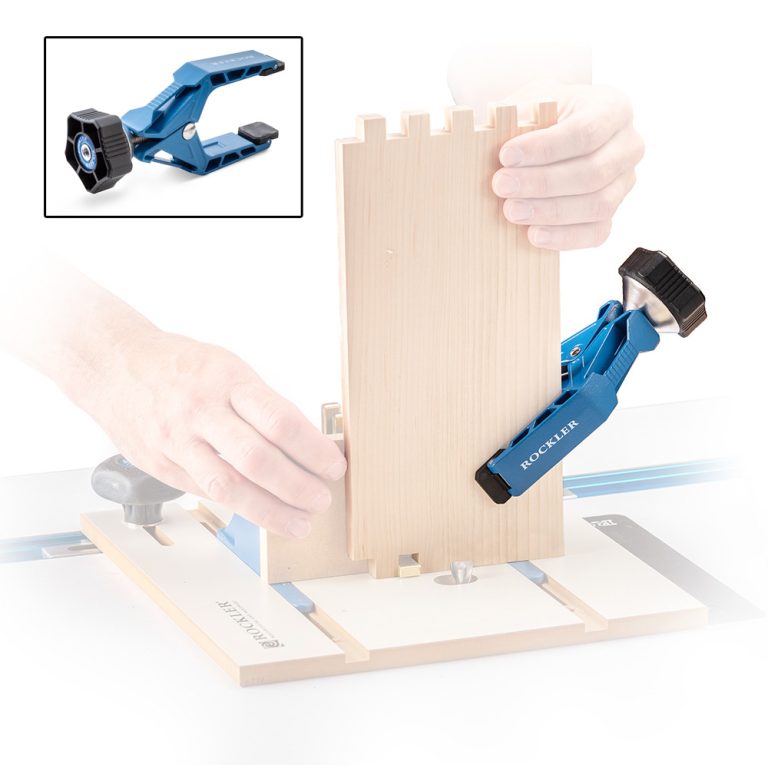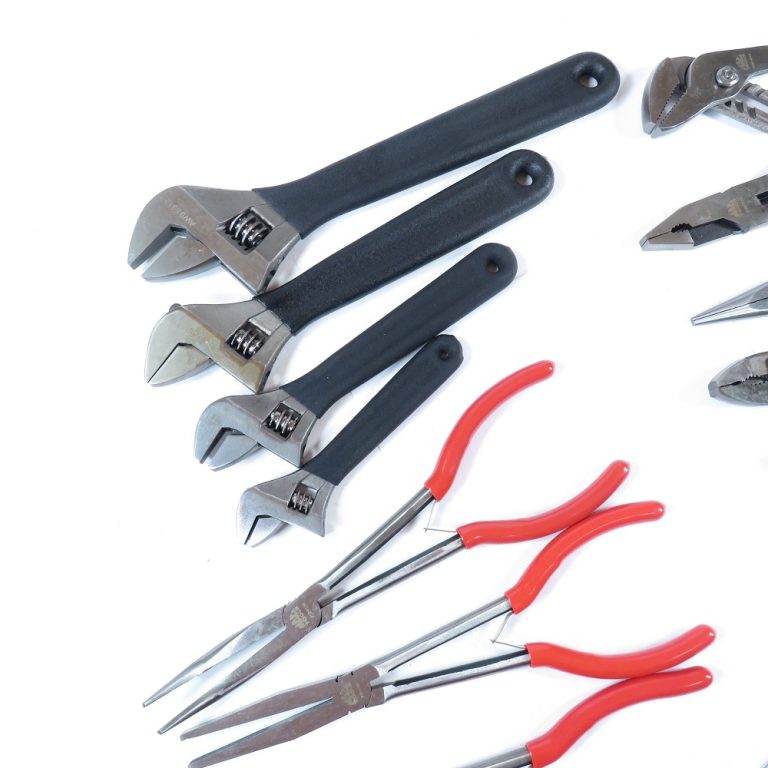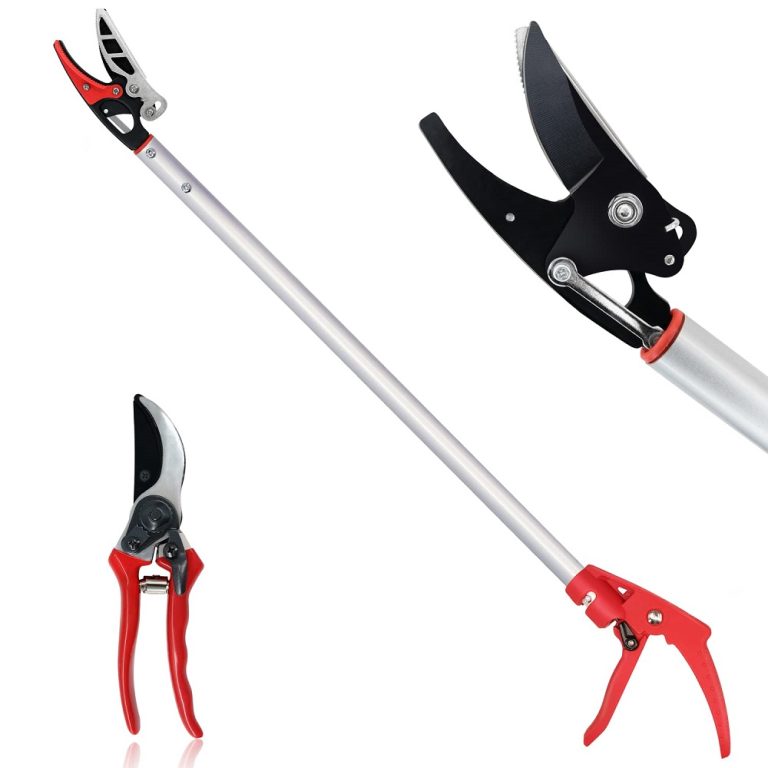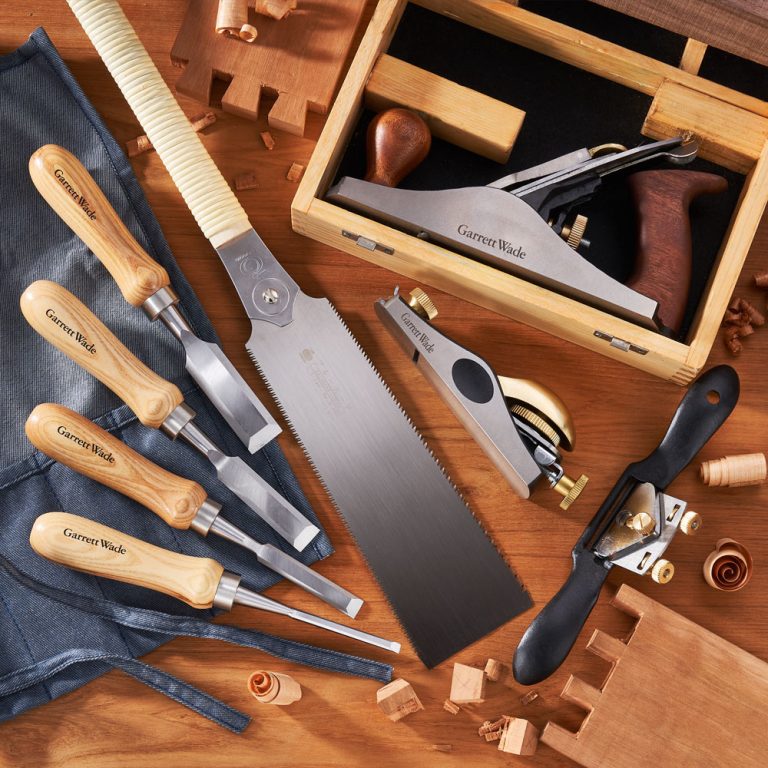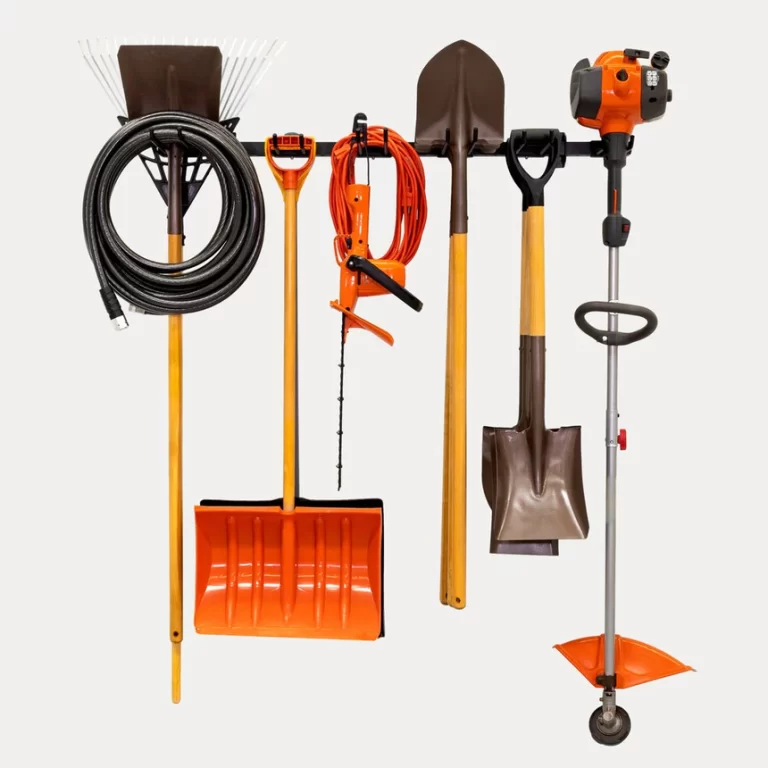The Timeless Utility of Hand Saws in Woodworking and Beyond
Hand saws have been an indispensable tool for craftsmen, carpenters, and DIY enthusiasts for centuries. These simple yet effective implements continue to play a crucial role in woodworking and construction, even in the age of power tools. The hand saw’s enduring popularity stems from its versatility, precision, and the level of control it offers the user. Unlike power saws, hand saws allow for a more intimate connection with the material being cut, providing tactile feedback that helps craftsmen achieve precise cuts and intricate designs. From rough carpentry to fine woodworking, hand saws come in various types, each designed for specific cutting tasks. Understanding the different types of hand saw tool, their unique features, and proper usage techniques can significantly enhance the quality of woodworking projects and general construction work.
Types of Hand Saws: Choosing the Right Tool for the Job
The world of hand saw tool encompasses a wide variety of specialized tools, each engineered for specific cutting tasks. The most common type is the crosscut saw, designed for cutting across the grain of wood. Its teeth are beveled and filed to a sharp point, allowing for clean, smooth cuts perpendicular to the wood grain. In contrast, rip saws are optimized for cutting along the grain, featuring teeth that are filed straight across to efficiently separate wood fibers. Backsaws, characterized by their stiffened upper edge or “back,” offer exceptional precision for fine joinery work, such as creating tenons and dovetails.
The Japanese pull saw, which cuts on the pull stroke rather than the push stroke, has gained popularity for its ability to make extremely thin, precise cuts with minimal effort. For rougher work or cutting through materials other than wood, there’s the hacksaw, typically used for cutting metal pipes or rods. Coping saws, with their thin, flexible blades, excel at making intricate curved cuts in thin materials. By understanding the strengths and ideal applications of each saw type, woodworkers can select the most appropriate tool for their specific cutting needs, ensuring efficiency and quality in their work.
Anatomy of a Hand Saw: Understanding the Components
To effectively use and maintain a hand saw tool, it’s essential to understand its various components. The blade, the primary cutting element, is typically made of high-carbon steel or stainless steel, chosen for its strength and ability to hold a sharp edge. The teeth of the blade are crucial to its cutting ability, with their number, size, and shape determining the saw’s suitability for different tasks. Teeth per inch (TPI) is a common measure of a saw’s coarseness or fineness, with higher TPI indicating finer cuts.
The handle, often made of wood or plastic, is ergonomically designed to provide a comfortable grip and control during use. Some saws feature a pistol grip for enhanced leverage, while others have a straight handle for more delicate work. The spine of the saw, found on backsaws, provides rigidity to the blade, allowing for straighter, more precise cuts. Many hand saws also incorporate a tension adjuster, which allows users to fine-tune the blade’s tightness for optimal performance. Understanding these components helps users select the right saw for their needs and properly maintain their tools for long-lasting performance.
Proper Technique: Mastering the Art of Hand Sawing
Achieving clean, accurate cuts with a hand saw requires proper technique and practice. The first step in effective sawing is marking the cutting line clearly and precisely. For straight cuts, use a try square or speed square to ensure the line is perpendicular to the edge of the wood. When beginning the cut, place the saw blade on the waste side of the line, tilting it at a 45-degree angle to the wood surface.
Use light pressure and short strokes to create a starting kerf, gradually lowering the saw to a more horizontal position as the cut deepens. Maintain a steady rhythm and let the weight of the saw do most of the work, avoiding excessive downward pressure which can lead to binding or inaccurate cuts. For crosscutting, use long, smooth strokes utilizing the full length of the blade. Rip cuts require shorter, more forceful strokes to efficiently separate wood fibers along the grain.
Throughout the cutting process, keep the saw blade perpendicular to the wood surface to ensure a straight cut. As the cut nears completion, slow down and use shorter strokes to prevent splintering or breakout on the underside of the workpiece. With practice, these techniques become second nature, allowing for smooth, efficient cutting across a variety of materials and projects.

Maintenance and Care: Ensuring Longevity and Performance
Proper maintenance of hand saw tool is crucial for maintaining their cutting efficiency and extending their lifespan. Regular cleaning is the first step in saw care. After each use, wipe the blade clean of sawdust and any pitch or resin buildup using a cloth or brush. For stubborn residues, a mild solvent can be used, followed by a light application of machine oil to prevent rust. Storing saws in a dry environment is essential to prevent corrosion, with some woodworkers opting to use blade guards or sheaths for additional protection.
Periodically inspect the saw for any signs of damage, such as bent or missing teeth, which can affect cutting performance. Sharpening is a critical aspect of saw maintenance, necessary when the tool begins to cut less efficiently or requires more effort to use. While professional sharpening services are available, many woodworkers prefer to sharpen their saws themselves using files specifically designed for the task.
The process involves carefully filing each tooth to restore its cutting edge, maintaining the correct angle and consistency across the blade. For saws with set teeth, where the teeth are slightly bent outward in an alternating pattern, it may be necessary to reset the teeth periodically to ensure smooth, straight cuts. By implementing a regular maintenance routine, woodworkers can ensure their hand saws remain sharp, efficient, and ready for use whenever needed.
Safety Considerations: Protecting Yourself While Using Hand Saws
While hand saws may seem less dangerous than their powered counterparts, they still require careful handling to prevent injuries. Safety should always be the top priority when using any cutting tool. Start by ensuring a stable work environment, with the workpiece securely clamped or held in place to prevent shifting during cutting. Wear appropriate personal protective equipment, including safety glasses to protect eyes from sawdust and wood chips. Gloves can provide additional protection but should be used with caution as they can reduce dexterity and grip on the saw handle.
When not in use, store saws with their blades covered or in a designated tool storage area to prevent accidental cuts. Be mindful of the positioning of hands and fingers while sawing, keeping them well away from the blade’s path. For longer cutting sessions, take regular breaks to prevent fatigue, which can lead to reduced control and increased risk of accidents. When carrying a hand saw, always point the teeth away from the body and be aware of others in the workspace. By following these safety practices, woodworkers can minimize the risk of injuries and create a safer working environment.

Innovative Developments: The Evolution of Hand Saws in the Modern Era
While the basic design of hand saws has remained largely unchanged for centuries, modern innovations continue to enhance their performance and user experience. Advanced materials science has led to the development of high-performance blade alloys that retain their edge longer and resist corrosion better than traditional steels. Ergonomic handle designs, incorporating materials like thermoplastic rubbers, provide improved grip and reduce hand fatigue during extended use. Some manufacturers have introduced interchangeable blade systems, allowing users to switch between different tooth configurations or replace worn blades without purchasing an entirely new saw.
Hybrid designs that combine the precision of hand saws with the convenience of power tools have also emerged, such as Japanese-style pull saws with electric motors to assist in cutting. Additionally, advancements in manufacturing techniques have made precision-ground, impulse-hardened teeth more common, offering superior cutting performance and longer blade life. These innovations demonstrate that even traditional tools like hand saws continue to evolve, adapting to the changing needs and preferences of modern woodworkers and DIY enthusiasts.
Conclusion
The hand saw remains an essential tool in the arsenal of woodworkers, carpenters, and DIY enthusiasts, offering unparalleled control and precision in cutting tasks. From the careful selection of the right saw for the job to mastering proper cutting techniques and maintaining the tool for optimal performance, there’s an art and science to using hand saws effectively. The variety of hand saw types available allows craftsmen to tackle a wide range of cutting tasks with precision and efficiency.
Whether making fine joinery cuts with a backsaw or ripping boards with a dedicated rip saw, understanding the nuances of each tool type enhances the quality and enjoyment of woodworking projects. Proper technique, developed through practice and attention to detail, transforms the simple act of sawing into a skillful craft, capable of producing clean, accurate cuts that are the foundation of quality woodworking. Regular maintenance ensures that these valuable tools remain sharp and ready for use, while adherence to safety practices protects craftsmen from potential injuries.
As hand saws continue to evolve with modern materials and design innovations, they bridge the gap between traditional craftsmanship and contemporary woodworking needs. For those willing to invest the time in learning and mastering hand saw techniques, these tools offer a deeply satisfying connection to the material and the craft of woodworking. In an age of increasing automation and power tools, the humble hand saw stands as a testament to the enduring value of skilled handiwork and the timeless appeal of creating with one’s own hands.



